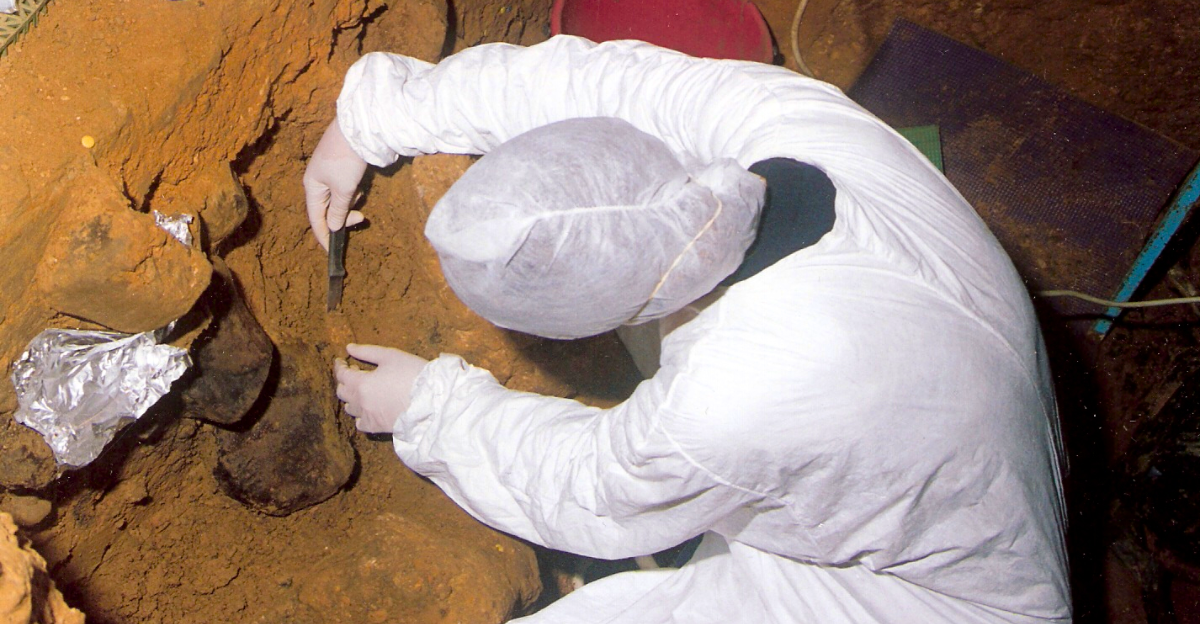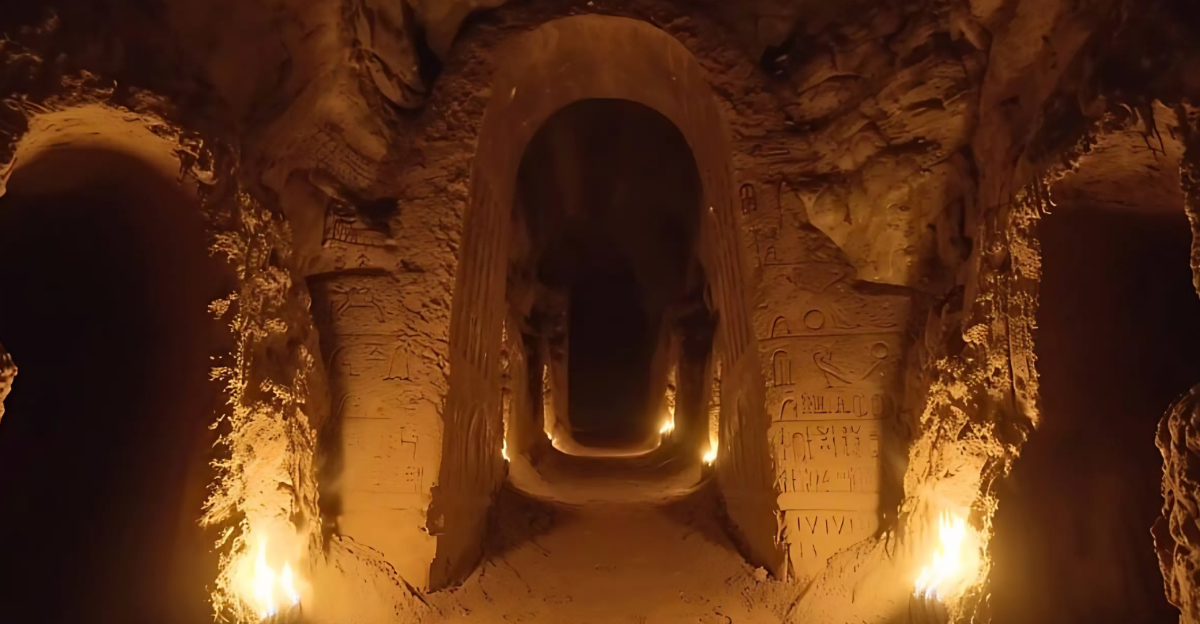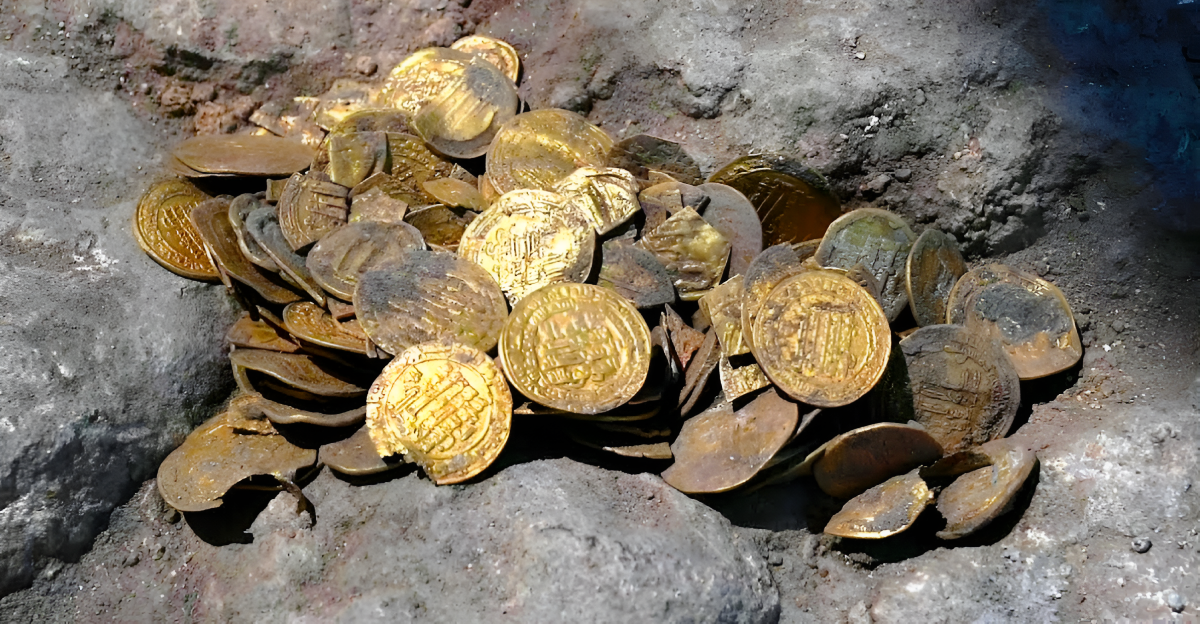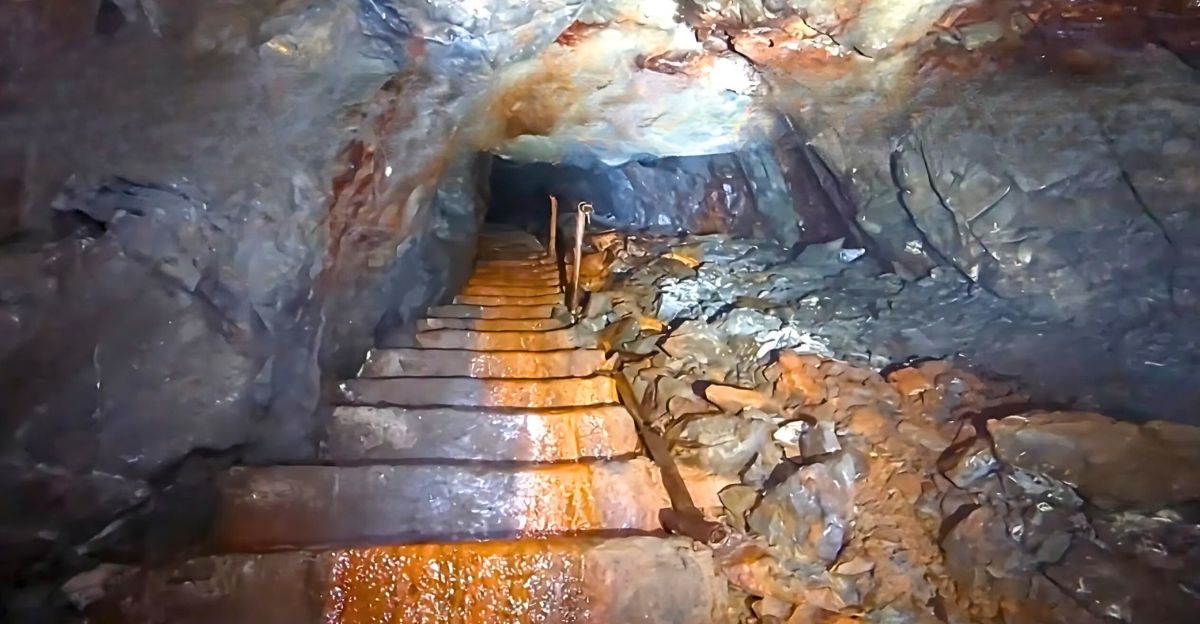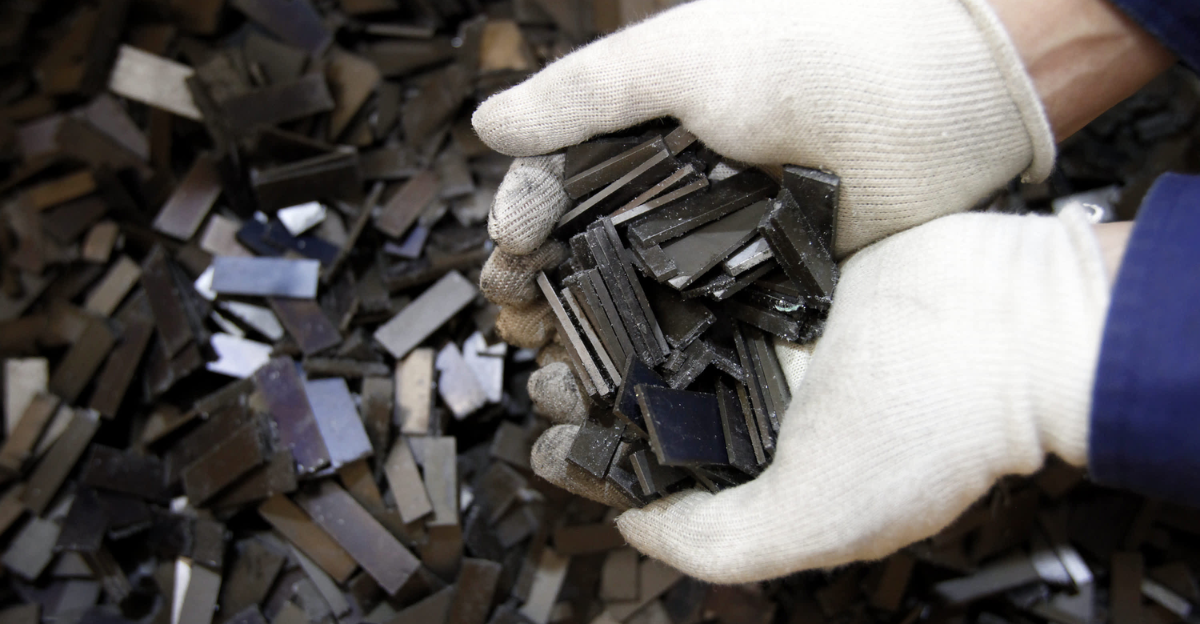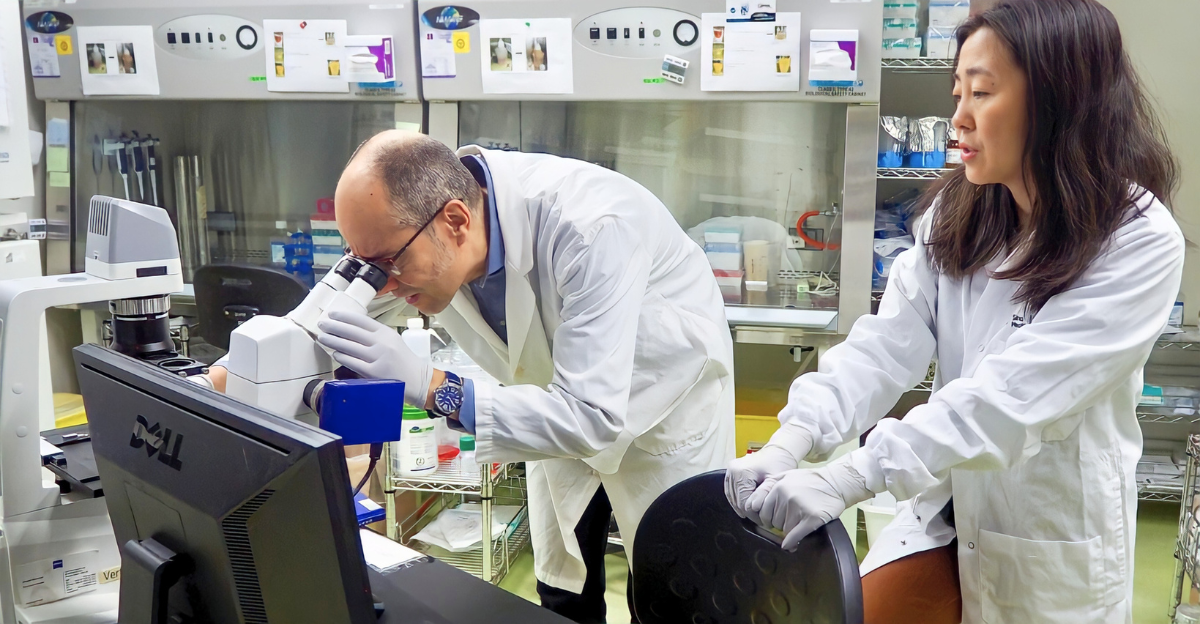
In a discovery that’s turning old ideas about life and death upside down, scientists have identified a surprising “third state” — a condition where cells from a dead organism continue to function and even form new living structures. It’s not science fiction, but cutting-edge biology that challenges the clear lines we thought existed between being alive and being dead. Let’s explore what this means, how researchers found it, and why it could reshape the future of medicine and science.
Breaking the Mold
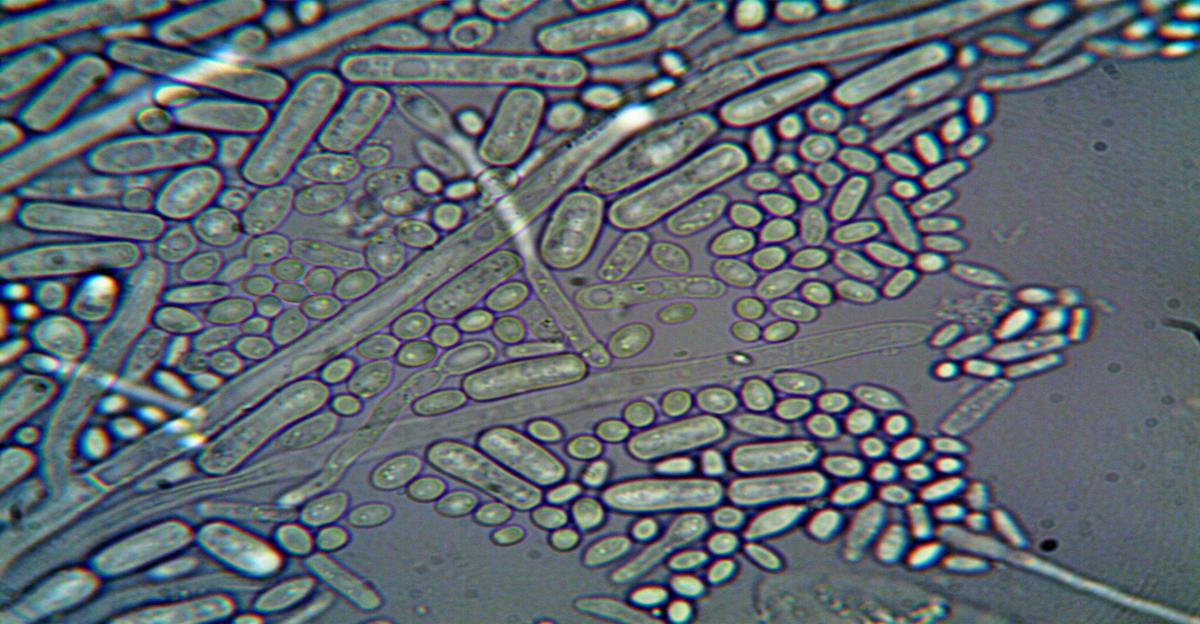
For centuries, biology taught us there were only two states: alive or dead. But new studies are blurring that line. Researchers have proposed a mysterious “third state” of being, where cells keep on working even after the body dies. It’s like something out of sci-fi: bits of a creature continue doing new things even though the creature itself is gone. Scientists saw this happen in lab tests, with cells from dead frogs and humans surprising everyone by staying active much longer than expected.
For now, this happens only in the lab, but even there it’s enough to make us rethink what death means.
What is the ‘Third State’?
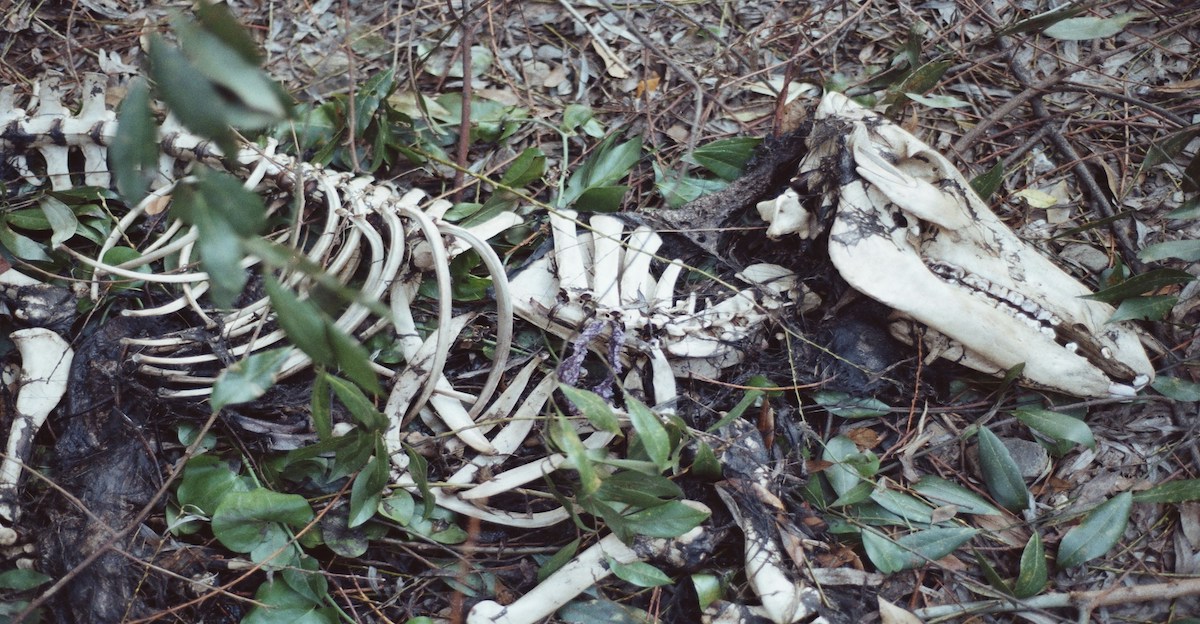
The “third state” isn’t magic – it’s science. In experiments, when cells from a deceased organism get the right boost (food, oxygen and signals), they can regroup into tiny new life-forms. Imagine giving the cells a fresh start: they self-organize into microscopic “biobots” that can move around and even grow. In this state, dead cells aren’t just junk – they become little machines with new capabilities.
Scientists find it amazing that once-dead cells can work together to act almost like tiny living organisms again. On their own, these cells coordinate much like tiny living creatures.
From Frog Cells to Xenobots
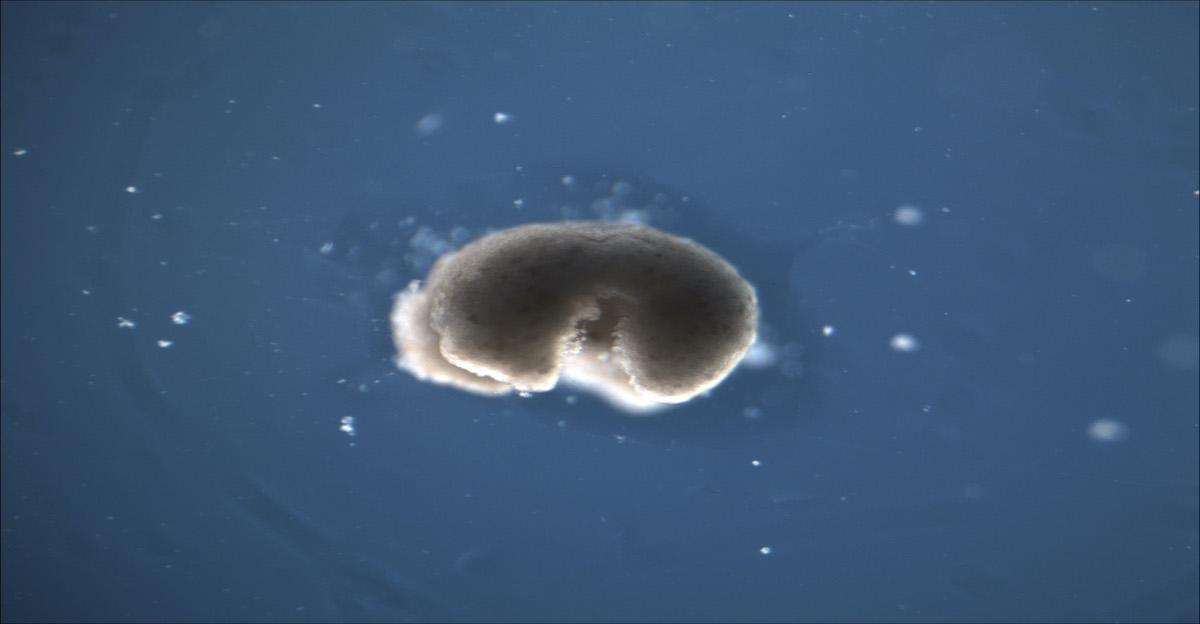
One of the most eye-opening examples came from a frog experiment. Scientists at Tufts University took skin cells from dead frog embryos and watched them form brand-new, life-like creatures. These tiny blobs of frog cells were called xenobots. The xenobots could swim around using tiny hairlike tails and even collect debris. They showed unexpected talents: gathering particles, recording information, and sometimes healing small wounds.
In short, frog cells became living robots with surprising powers. This experiment, done in 2021, showed that the concept works in practice. These xenobots were self-healing – they could repair minor damage and even replicate a bit in lab tests.
Anthrobots
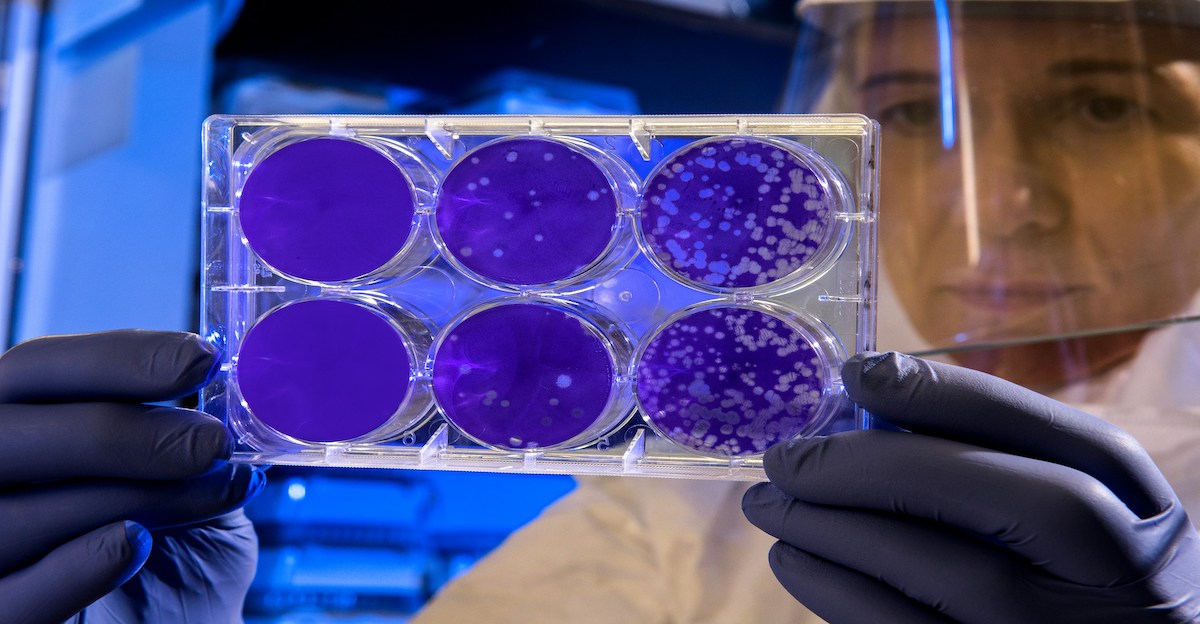
In lab experiments, human lung cells—sourced after death—have shown remarkable self-organization. When provided with the right environment, they spontaneously assemble into tiny, cilia-covered clusters known as anthrobots. These microscopic biobots, roughly 30–500 micrometers wide, can move independently, fuse, and self-repair damage, even stimulating nerve-cell regrowth in a dish.
Crucially, anthrobots do not replicate. Unlike xenobots, which perform kinematic self-replication, anthrobots have shown no capacity for reproducing offspring—they excel in healing and movement, not reproduction.
How Scientists Discovered It
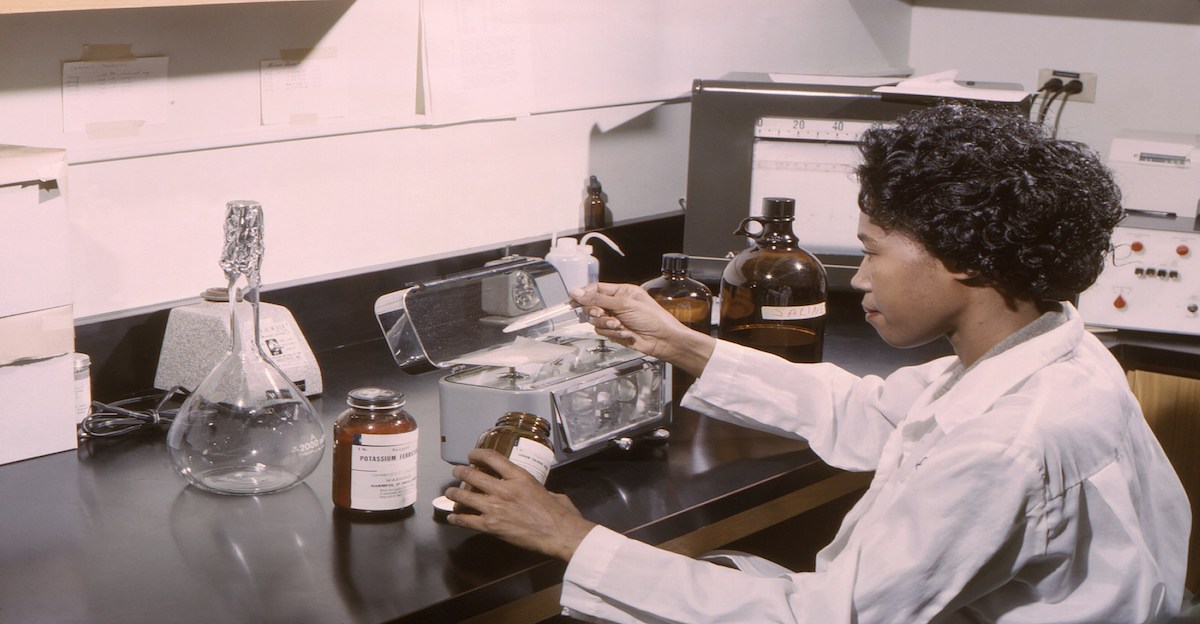
This discovery didn’t come out of nowhere. Biologists Peter Noble and Alex Pozhitkov gathered many experiments and spotted the pattern. In mid-2025, they published a scientific review (in the journal Physiology) summarizing evidence that dead cells can form new organisms. They even explained it to the public: science sites like Popular Mechanics ran feature articles on the “third state,” and even local TV news stations reported the findings.
For example, a local Cincinnati news station ran a story headlined “Scientists have discovered ‘third state’ between life and death.” This helped spread the word beyond the lab.
Life vs Death
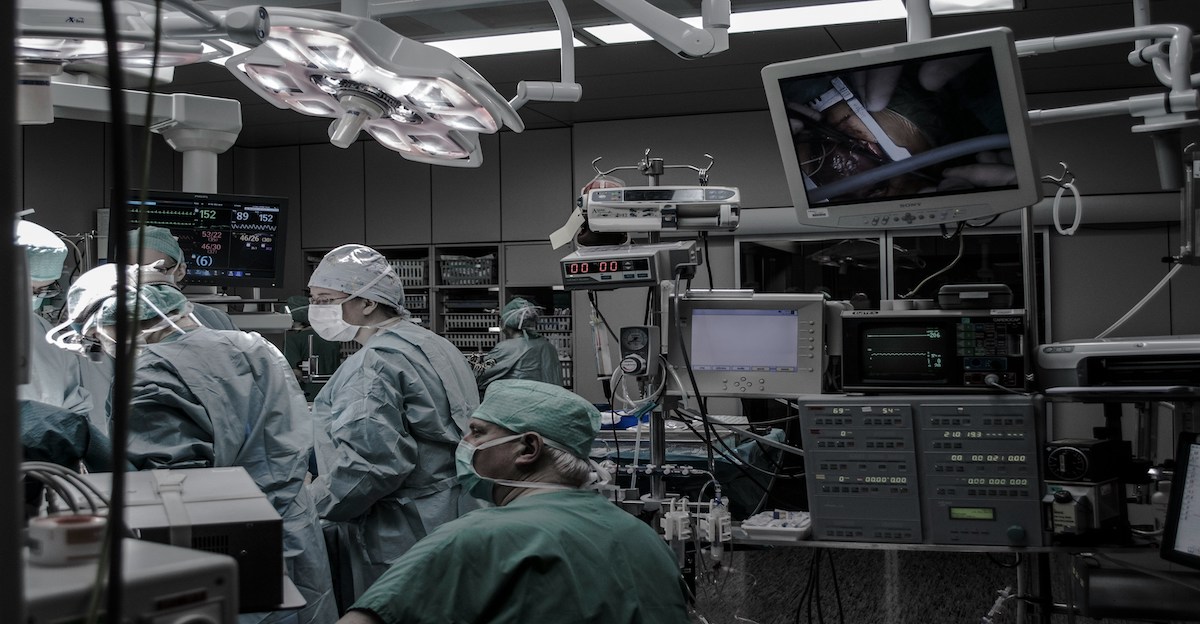
The idea of a third state is changing how we think about life and death. Researchers now say death might not be the absolute end we once imagined. Cells from a dead body can sometimes transform into new life forms, meaning living and non-living aren’t just black and white. The scientists suggest that organismal death itself might play a role in how life changes over time.
For everyday understanding, it’s a reminder that nature doesn’t always follow neat categories. In biology, things often aren’t just on or off. Many scientists say this could even change how we define the moment of death.
Medicine’s New Frontier
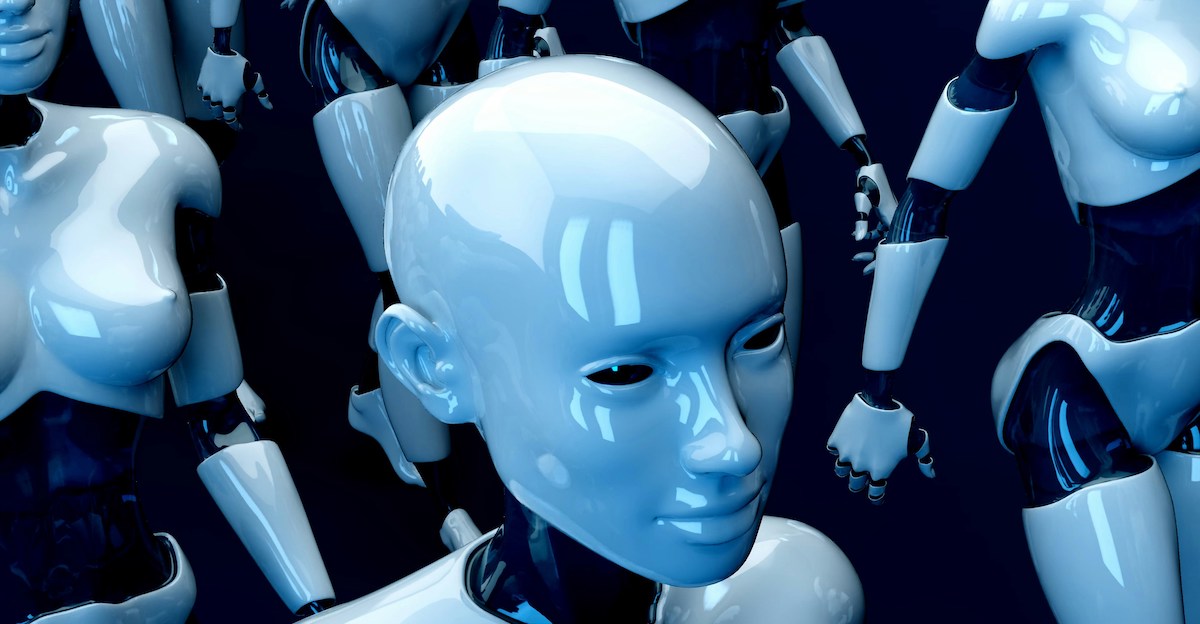
One exciting possibility is using the third state for medicine. Because these biobots are made from our own cells, doctors could use them to carry treatments around the body without triggering an immune attack. In other words, they’d be less likely to cause side effects. Scientists imagine therapies where anthrobots dissolve clogged arteries or clear harmful buildups in lungs.
Essentially, these living machines could target disease from inside us, offering new treatments built from the patient’s own tissue.
A Brief Life for the Biobots
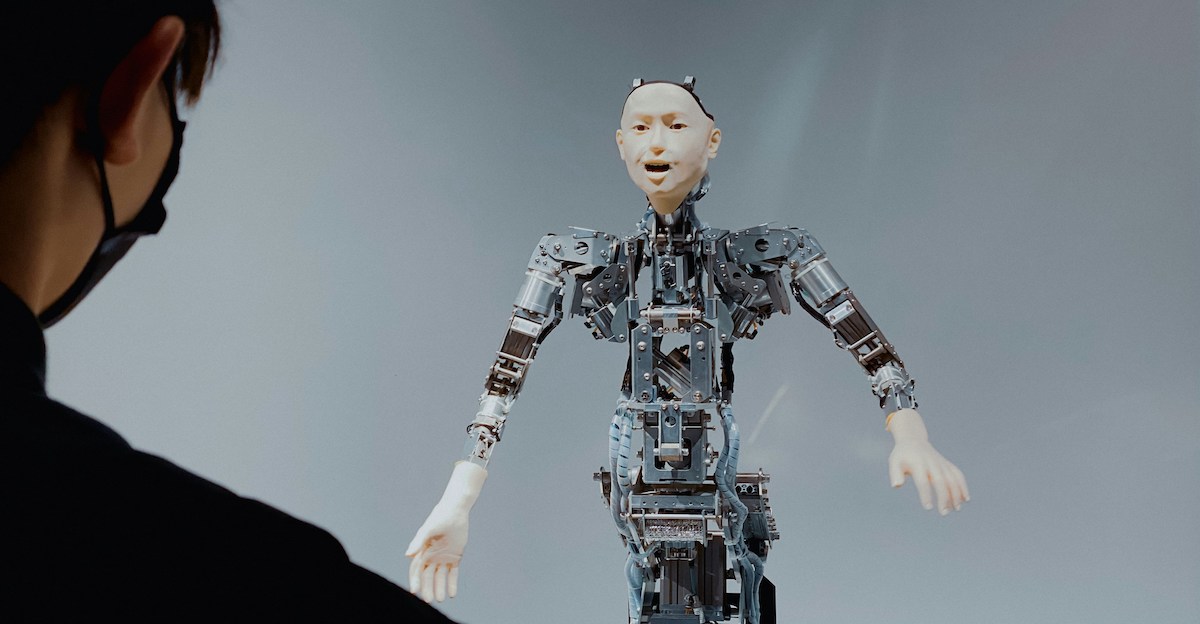
Fortunately, this third state isn’t some immortal existence – it’s temporary. In lab tests, these cellular robots usually die off after about four to six weeks. That’s a key safety feature: the biobots are biodegradable and won’t live forever. Scientists grow them in tightly controlled labs, so there’s no risk of any uncontrolled, Frankenstein-style growth.
The little bots do their work for a few weeks and then quietly disintegrate, keeping everything safe. And this limited lifespan is on purpose. Researchers say the bots lack the ability to multiply, so they won’t run amok.
Beyond Sci-Fi
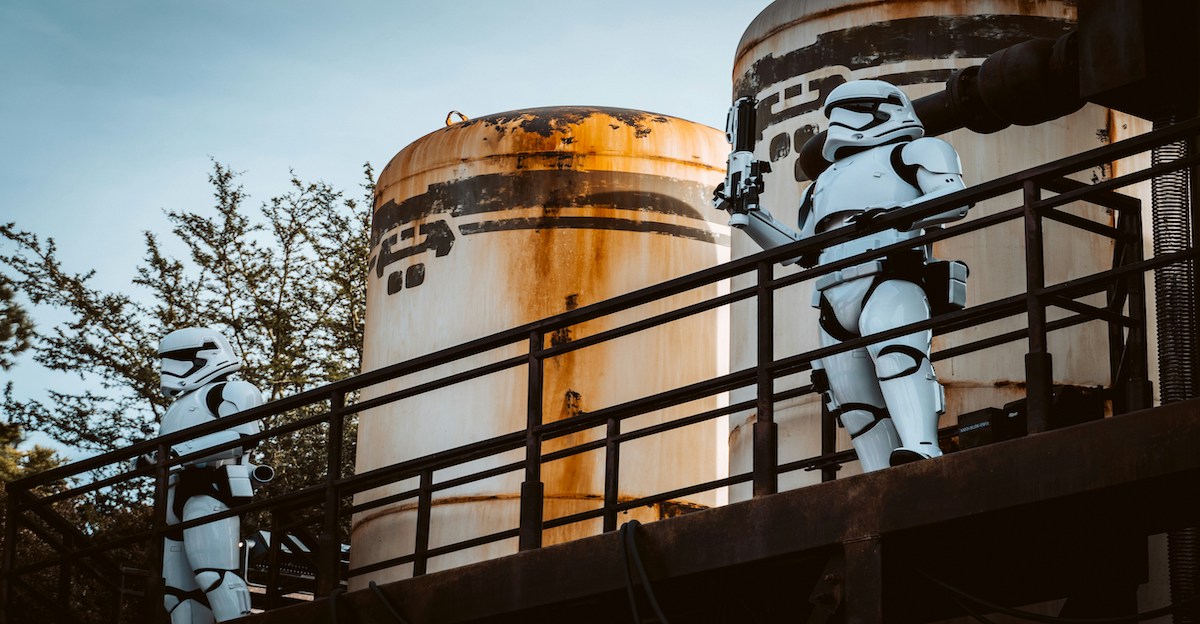
It may sound like Frankenstein or science fiction, but this research is grounded in real biology. One leading idea is that cell membranes have special channels and pumps acting like tiny electrical circuits, letting the dead cells communicate and coordinate. These circuits could power movement and growth in the mini-organisms. Importantly, nothing spooky is happening – it’s all happening on the microscopic level.
For now, the tiny bots stay safely in the lab and naturally break down, so there’s no Hollywood-style monster creation here.
Scientists stress that this is only the beginning. They need many more studies to understand exactly how the third state works and what it means. Early results already show that life and death aren’t as clear-cut as once thought.

